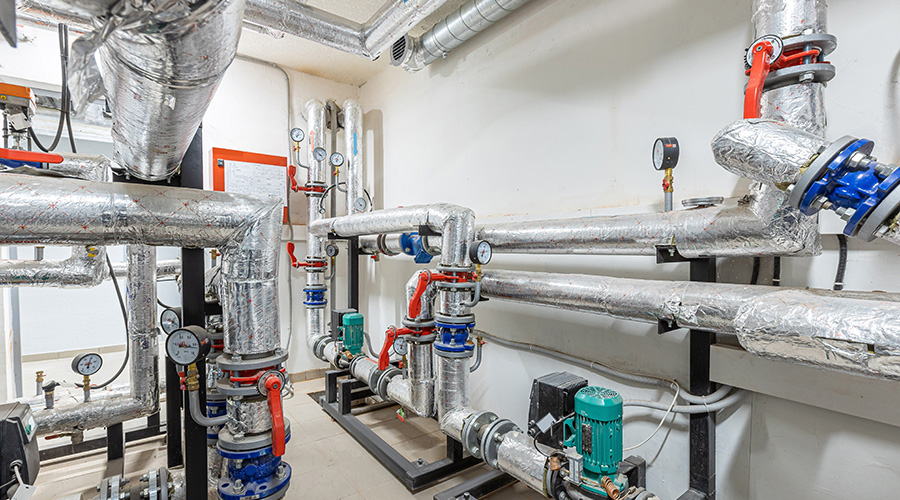Facilities Embraces Electrification for 2030 Goals
Many facilities have set electrification goals by 2030.
The electrification movement has the full attention of Luis Lara, who is keeping the year 2030 in mind. Many in the building industry have been given targets to reach by then.
The best planners will hit those goals, he says, because they know that the move to a greener, more sustainable future is no rumor. It’s underway.
“A robust strategy for electrification is an advantage when compliance and economic opportunity are coming and not waiting for anyone,” says Lara, a Chicago-based senior decarbonization and building performance manager for JLL Project and Development Services. “We help guide clients through that.”
He said he sees energy conservation as “an interesting engineering problem” that he wants to help solve.
“When we work with buildings,” he says, “we’re trying to increase their energy efficiency, and by that, I mean we also want to reduce carbon emissions. So we install efficient HVAC systems and we increase the performance of the building envelope. The idea is to use less energy to provide the same amount of comfort and help building occupiers best use the space.”
Lara says decarbonization audits are becoming part of the new order, with facility managers taking stock of equipment and evaluating plans for a building’s new tenants. A capital improvement strategy can be folded into that.
“The market is ripe for this transition,” he says, “and the Inflation Reduction Act provides an opportunity to make improvements in a cost-efficient way.”
Education is key
Education about the upside of clean energy — and the downside of continuing along the path of fossil fuels — remains a significant emphasis.
The Building Decarbonization Coalition (BDC) is heavily involved in these efforts, attempting to bring together policymakers, building industry stakeholders, environmental groups and consumers to move buildings off fossil fuels and toward cleaner, healthier, more affordable energy.
For example, a new report by the BDC notes that the “big four” gas utilities in Illinois — Ameren, Nicor, North Shore and Peoples — continue to spend more than $1 billion annually on gas system infrastructure, even as the state has pledged to achieve 100 percent clean energy by 2050. Every new gas pipe or appliance that is installed, then, is a future stranded asset. Clearly, a gap needs to be closed — and soon.
The report calls on various government entities to set clear decarbonization objectives to accelerate change in the building sector. Those objectives were not set for the sector and its extensive natural gas system in Illinois’ Climate and Equitable Jobs Act in 2021. But without them, the report says, an “unmanaged gas transition” could have devastating environmental and financial consequences.
Matt Rusteika, director of market transformation for the BDC, says he understands the reluctance to embrace government mandates. But he said electrification is “not a culture-war issue” and that it is on the right track.
Skepticism about climate change seems to have subsided, and the issues now involve how to make the most practical, long-term investments in clean energy.
A United Nations panel didn’t need to tell us that the clock is ticking. We have living proof.
“Last year, there were 28 climate disasters, and it was the hottest year ever recorded,” says DiNola of NBI. “We see evidence of the changing climate every day.
“The federal incentives are a historic investment. Money is becoming available. There are also utility incentives in places like New York City and Washington, D.C. Portland has a clean energy fund.”
Although the city of Berkeley, California, said in March it would repeal the country’s first-ever gas ban, which restricted gas hookups for new buildings, advocates for decarbonization are pressing on. The city had been sued over the 2019 ban by the California Restaurant Association.
“Ultimately, it’s not going to stall the transition,” says Sage Canchola-Welch, principal and founder of Sunstone Strategies, an Oakland-based climate and energy communications firm. “There’s a lot of momentum to continue the transition of buildings.
“This case was intended to scare local governments off, but what we’ve seen across the board is that folks won’t be deterred.”
Doug Carroll is a freelance writer based in Chandler, Arizona.
Related Topics:













